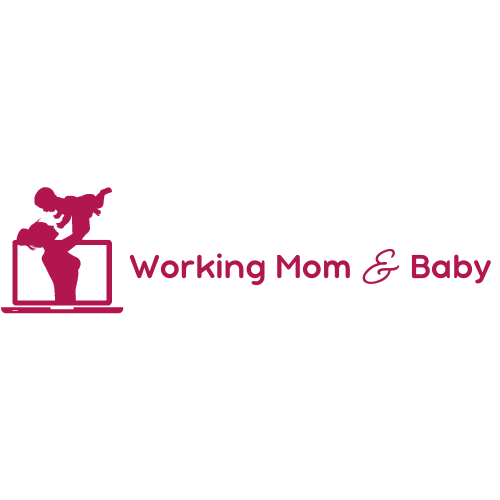Sleep training your baby for naps can be challenging. But it’s essential for establishing a consistent daily routine.
For working parents, it’s crucial that their baby naps regularly. This helps maintain a balanced schedule.
You can start sleep training your baby for naps by establishing a nap time routine.
This article will guide you on how to sleep train baby for naps. Helping you create a peaceful napping routine that benefits both you and your little one.
Why Naps Are Important
Naps are crucial for your baby’s growth and development. It helps your baby process all the new information they’re learning. Also, it can give their body the rest it needs to grow.
Consistent naps also prevent your baby from getting overtired. This can make it harder for them to fall asleep at night.
For working parents, a good nap routine is vital. It gives them much-needed time to catch up on work or chores.
The First Step: Establishing a Nap Time Routine
Creating a consistent nap time routine is the first step in sleep training your baby for naps. Here’s how to get started:
1. Watch for Baby’s Sleep Cues

Pay attention to your baby’s sleep cues, such as rubbing their eyes, yawning, or becoming fussy. These signs indicate that your baby is tired and ready for a nap.
Responding to these cues promptly can make it easier for your baby to settle down and fall asleep.
2. Set a Consistent Schedule
Establish a nap schedule that aligns with your baby’s natural sleep patterns. For example, younger babies might need three to four naps a day, while older babies might only need two.
Stick to this schedule as closely as possible, even on weekends, to help your baby’s body clock adjust.
Related Reading: Working Mom Schedule with Infants — Make a World of Difference!
3. Create a Calm Nap Environment
The environment where your baby naps is just as important as the routine. Ensure the room is dark, quiet, and cool.
Blackout curtains and a white noise machine can help. They create a soothing atmosphere that encourages sleep.
4. Develop a Pre-Nap Routine
Just like at bedtime, a pre-nap routine can signal to your baby that it’s time to sleep. This routine could include a short story, gentle rocking, or a lullaby. Keep it simple and consistent, so your baby knows what to expect.
How to Overcome Nap Time Challenges

Even with a solid routine, you may face challenges when sleep training your baby for naps. Here’s how to address common issues:
1. Overcoming Short Naps
If your baby naps for less than 30-45 minutes, they may not be reaching deep sleep.
Try extending wake windows slightly to ensure your baby gets tired enough. This may help your baby nap longer. But don’t let them get overtired.
2. Overcoming Nap Time Resistance
Some babies resist naps, especially as they get older. If your baby fights naptime, try soothing them with calming activities. Gentle rocking or a quiet song may help.
If your baby still refuses to nap, give them a short break and try again in 15-20 minutes.
3. Overcoming Sleep Regressions
Sleep regressions can disrupt your baby’s nap routine, making it harder for them to settle down. During a regression, stay consistent with your nap schedule and routines. Even if naps become shorter or harder to achieve. The regression should pass with time.
Tips to Successfully Sleep Train Your Baby
Consistency is key when sleep training your baby for naps. Stick to the routine you’ve established, even if it takes time for your baby to adjust.
It’s also important to be patient and flexible. Every baby is different. What works for one might not work for another.
Related Reading: How to Sleep Train a Difficult Baby—Tips You Haven’t Tried
Here are a few more tips for successful nap training:
1. Keep Wake Windows Consistent
Pay attention to your baby’s wake windows, the time they can stay awake between naps. Keeping these windows consistent helps prevent overtiredness.
2. Avoid Overstimulation
Before nap time, engage in calm, quiet activities to avoid overstimulating your baby. This makes it easier for them to wind down.
3. Be Patient with Progress
Sleep training, especially for naps, can take time. Celebrate small successes and understand that progress may be gradual.
Healthy Nap Routine Makes Life Easier For Working Parents
Sleep training your baby for naps can be challenging. But with patience and consistency, you can help your baby establish a healthy nap routine.
A well-rested baby is happier, more content, and easier to manage. It makes life easier for working parents.
Have you tried sleep training your baby for naps? What strategies worked for you? Share your experiences in the comments below! Don’t forget to check out our other articles on workingmomandbaby.com for more insights on managing life as a working parent.

